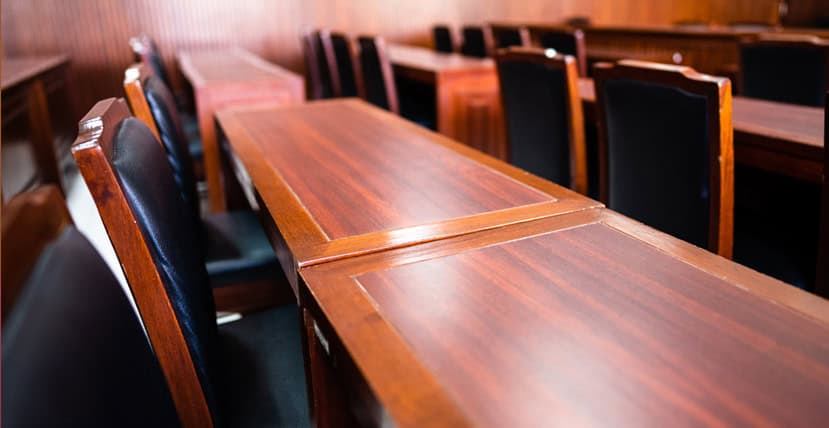Every month, Erise’s patent attorneys review the latest inter partes review cases and news to bring you the stories that you should know about:
Cooling Patent Restored by Federal Circuit Over PTAB’s Claim Construction
The three-judge appeals panel found the PTAB incorrectly constructed one of the claim terms — “matingly engaged” — and that even under the PTAB’s claim construction, the asserted prior art didn’t meet the “matingly engaged” definition.
The Federal Circuit this month vacated and remanded a U.S. Patent Trial and Appeal Board decision on inter partes review (IPR) that found claims to CoolIT Systems’ patent relating to fluid heat transfer to cool electronic devices were unpatentable.
The PTAB found CoolIT’s construction of “matingly engaged” — “mechanically joined or fitted together to interlock” — was too narrow and the construction by the petitioner Asetek Danmark A/S — “joined or fitted together to make contact,” encompassing “[a]ll methods of joining or fixing two surfaces.” — was too broad. The PTAB partially construed the term to be satisfied “when at least a portion of the recited compliant member is fitted within the recessed region defined by the second side of the housing member.”
The Federal Circuit ruled the PTAB erred because its partial construction does not use the phrase “join or fit together,” and remanded the matter back to the PTAB for consideration under its claim construction: “We conclude that the correct construction of ‘matingly engaged’ should be ‘mechanically joined or fitted together.’ Although that exact phrasing was not urged by either party or the Board, we find that it accurately captures the meaning of the term and various arguments of the parties.”
Supreme Court Won’t Hear Challenge to IPR Joinder Interpretation
The U.S. Supreme Court declined certiorari on a petition put forth by a patent licensing company that sought to overturn the Federal Circuit’s interpretation of IPR joinder provisions. The Supreme Court’s decision follows an appeal where the Federal Circuit upheld a PTAB decision that found all challenged claims in two patents asserted by VirtnetX were unpatentable, which wiped out a $502.8 million jury award.
As Dennis Crouch previously covered on his PatentlyO blog, the petitioner initially sought to petition for IPR after VirtnetX asserted its patents, but the petition was denied as untimely because it was not filed within one year of the complaint against it being filed. However, the PTAB allowed the same petitioner to join a third party’s IPR petition that was filed after the one-year mark.
The Supreme Court’s decision not to hear the case means the Federal Circuit’s interpretation on joinder stands and gives parties sued for infringement a great option to pursue IPR even if the one-year mark has passed. This ruling shows the importance of evaluating joinder as part of any robust strategy to defend against claims of patent infringement, and further heightens the importance of the 30-day period for assessing joinder after a petition is instituted. Defendants and their attorneys should be well aware of all existing petitions and consider carefully the impact of their own petitions versus filing joinder motions for existing petitions.
Other recent IPR headlines:
- In Latest OpenSky Order, Vidal Awards VLSI Attorney Fees, Restores OpenSky as Party to IPR (IP Watchdog)
- CAFC Puts Patent Community on Notice of Sanctions for Incorporation by Reference Violations (IP Watchdog)
- Recent Patent Trial and Appeal Board Approaches to Patent Claims on Medical Technology Implementing AI (Law.com, subscription required)
- Updated Guidance for Making a Proper Determination of Obviousness (USPTO)


